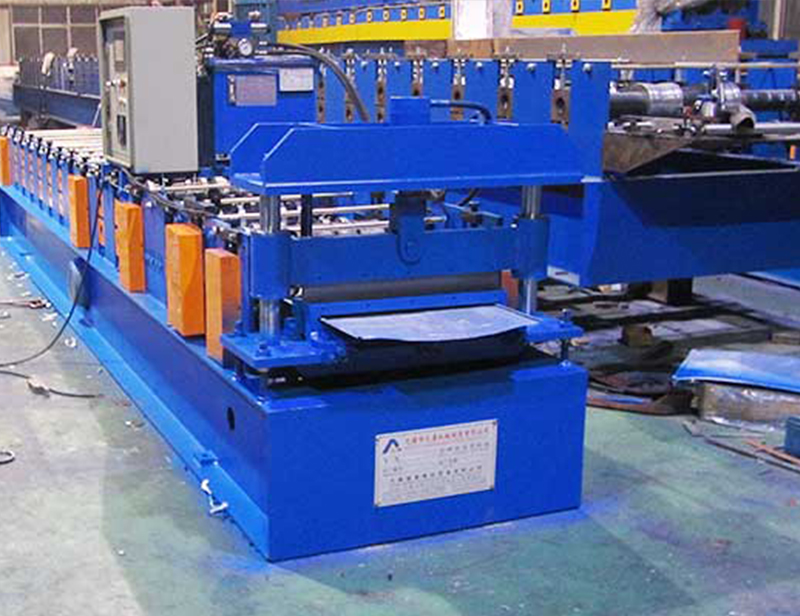Navigation Menu
Contact Us
- Email:
- info@wxavatar.com
- Address:
- Yurong Village, Yuqi Street, Huishan District, Wuxi, China.
Release Date:Jun 05, 2025 Visit:38 Source:Roll Forming Machine Factory
The corrugated plate manufacturing industry has undergone significant technological advancements in recent years, with modern automatic production lines incorporating innovations that enhance efficiency, precision, and product quality. These improvements have transformed production processes, allowing manufacturers to meet increasing market demands while maintaining high standards. Below are some of the key innovations in modern corrugated plate automatic lines.

1. Advanced Control Systems with AI Integration
Modern corrugated plate production lines now utilize artificial intelligence (AI) and machine learning algorithms to optimize operations. These systems analyze production data in real time, adjusting parameters such as temperature, pressure, and speed to minimize waste and ensure consistent output. Predictive maintenance capabilities also reduce downtime by identifying potential equipment issues before they lead to failures.
2. High-Speed Precision Forming Technology
New forming technologies have significantly increased production speeds without compromising quality. Servo-driven corrugation rollers and automated plate alignment systems ensure precise shaping, even at high throughput rates. This innovation allows manufacturers to produce corrugated plates with uniform wave patterns and improved structural integrity.
3. Automated Material Handling and Feeding Systems
Traditional manual loading has been replaced by automated material handling systems that streamline the feeding of raw materials into the production line. Robotic arms and conveyor systems ensure continuous operation, reducing human intervention and minimizing errors. These systems also improve workplace safety by handling heavy or sharp materials efficiently.
4. Laser-Guided Cutting and Trimming
Laser measurement and cutting systems have enhanced the accuracy of corrugated plate sizing. Automated laser sensors detect plate dimensions and adjust cutting tools accordingly, ensuring clean edges and reducing material waste. This technology allows for customized plate sizes with minimal setup time.
5. Real-Time Quality Monitoring with Vision Systems
Computer vision systems are now integrated into production lines to inspect plates for defects such as cracks, uneven corrugations, or surface imperfections. High-resolution cameras and image-processing software detect flaws early in the process, allowing for immediate corrections and reducing rejection rates.
6. Energy-Efficient Heating and Cooling Mechanisms
Innovations in thermal management have improved the efficiency of heating and cooling stages in corrugated plate production. Advanced temperature control systems ensure uniform heat distribution during forming, while optimized cooling processes reduce cycle times and enhance plate durability.
7. Modular and Scalable Line Configurations
Modern production lines are designed with modularity in mind, allowing manufacturers to scale operations based on demand. Plug-and-play components enable quick reconfiguration for different plate specifications, making it easier to adapt to changing customer requirements.
8. Enhanced Data Analytics for Process Optimization
Cloud-based data analytics platforms collect and analyze production metrics, providing insights into efficiency trends and bottlenecks. Manufacturers can use this data to fine-tune operations, improve workflow, and reduce operational costs over time.

Conclusion
The integration of AI, automation, and precision technologies has revolutionized corrugated plate manufacturing. These innovations contribute to faster production cycles, higher product consistency, and reduced operational inefficiencies. As technology continues to evolve, further advancements are expected to enhance the capabilities of automatic corrugated plate production lines, ensuring they remain competitive in industrial applications.